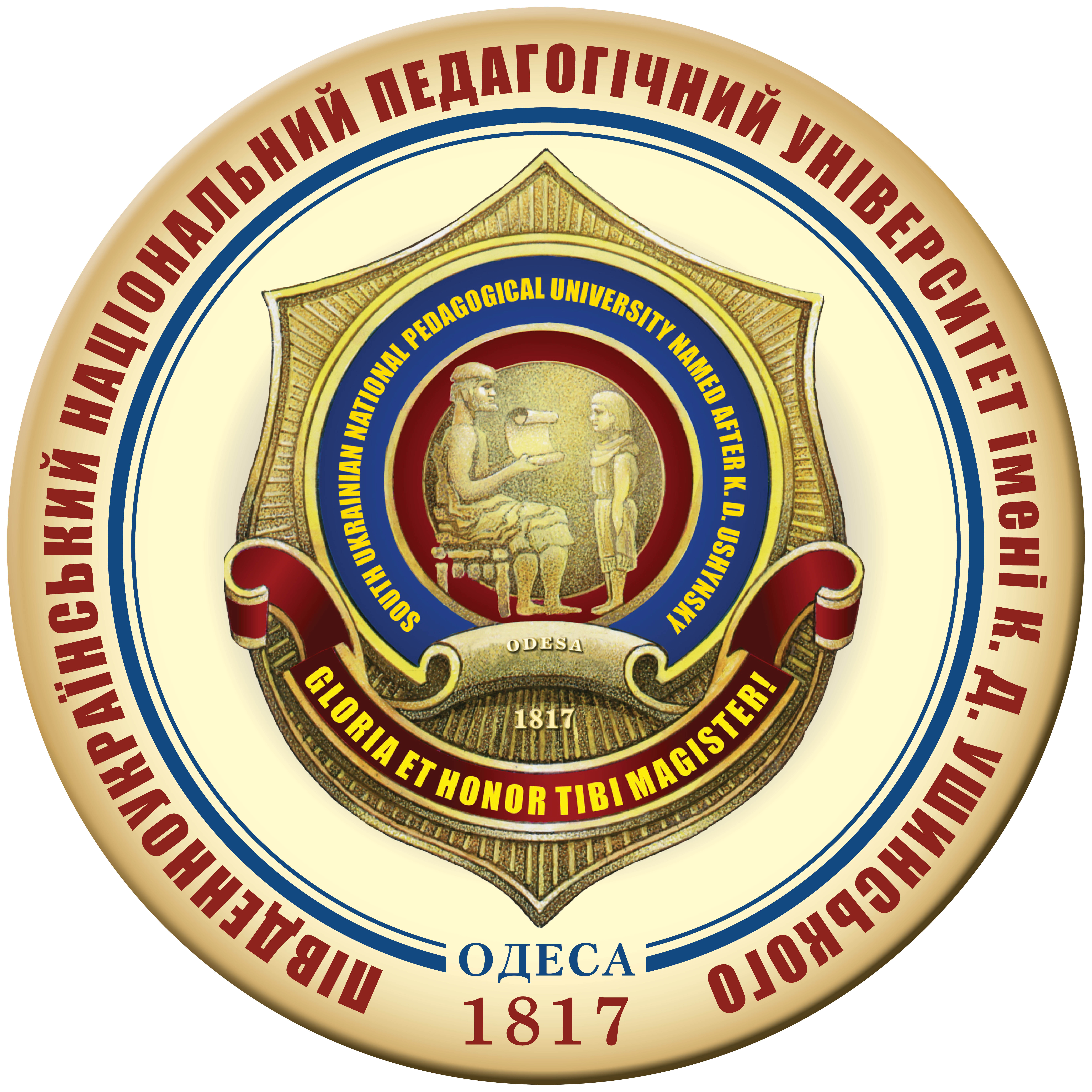IMPROVING THE PHYSICAL FITNESS OF ROWERS THROUGH FITNESS METHODS DURING THE PRELIMINARY BASE TRAINING STAGE
DOI:
https://doi.org/10.24195/olympicus/2023-3.4Keywords:
slalom athletes, crossfit, fitness, training.Abstract
In rowing, experts note the intensification of training processes and competitive activities, a significant increase in physical stress on an athlete’s body, which requires maximum mobilization of functional reserves and psychological stability during training and competitions. Improving the preparation of rowers at the preliminary base training stage is crucial because it involves enhancing the functional and physical condition of athletes, expanding the body’s adaptability. The research aim is to enhance the physical fitness level of slalom athletes during the preliminary base training stage by using fitness methods. In this study, the following methods were employed: theoretical analysis and synthesis of scientific and methodological literature, pedagogical observation, pedagogical experiment, pedagogical testing, and mathematical statistical methods. To scientifically substantiate the effectiveness of the fitness program for slalom athletes’ training during the three months of the preliminary base training stage, a pedagogical experiment was conducted. During this period, 20 slalom athletes were divided into two groups: a control group (CG) and an experimental group (EG), each consisting of 10 athletes aged 12–13. Results. The pull-up performance of slalom athletes in the experimental group was significantly better by 3.0 times (p<0,01) compared to slalom athletes in the control group. Arm flexion and extension in a prone position on the floor improved by 4.50 times (p<0,01), 1000 m running improved by 0.99 seconds (p<0,05), 50 m swimming by 5.27 seconds (p<0,05), 100 m running by 0.92 seconds (p<0,05), 60 m running by 0.94 seconds (p<0,05), and standing long jump improved by 12.20 cm (p<0,01). Conclusions. The experiment confirmed the differences in physical fitness indicators between slalom athletes who used fitness methods during the preliminary base training stage and those who did not utilize this program. The identified differences were statistically significant (p<0.05).
References
Дяченко А., Русанова О., Довгодько І. Формування спеціалізованої спрямованості тренувального процесу кваліфікованих спортсменів-веслувальників зі зниженим рівнем розвитку стійкості реакцій аеробного енергозабезпечення в зоні аеробно-анаеробного переходу. Молодіжний науковий вісник Східноєвропейського національного університету імені Лесі Українки. Фізичне виховання і спорт. 2015. № (20). С. 144–149.
Дяченко А. Контроль і моделювання навантажень в умовах компенсованого стомлення в процесі спеціальної фізичної підготовки веслярів. Фізична культура і практика: Часопис кафедри теорії і методики фізичного виховання, адаптивної та масової фізичної культури Полтавського національного педагогічного університету імені В.Г. Короленка. 2018. № 4. С. 65–69.
Флерчук В.В. Обґрунтування провідних факторів, що обумовлюють ефективність тренувальної та змагальної діяльності у веслуванні на байдарках і каное. Молода спортивна наука України. 2018. Вип. 12. Т. 1. С. 370–374.
Bonetti D.L., Hopkins W.G. Variation in performance times of elite flatwater canoeists from race to race. Int J Sports Physiol Perform. 2015. Vol. 5(2). Р. 21–27.
Cuijpers L.S., Den Hartigh R.J.R., Zaal F.T.J.M., de Poel H.J.. Rowing together: Interpersonal coordination dynamics with and without mechanical coupling. Hum Mov Sci. 2019. Vol. 64. Р. 38–46.
Egan-Shuttler J.D., Edmonds R., Eddy C., O’Neill V., Ives SJ. The Effect of Concurrent Plyometric Training Versus Submaximal Aerobic Cycling on Rowing Economy, Peak Power, and Performance in Male High School Rowers. Sports Med Open. 2017. Vol. (3). Р. 7–15.








